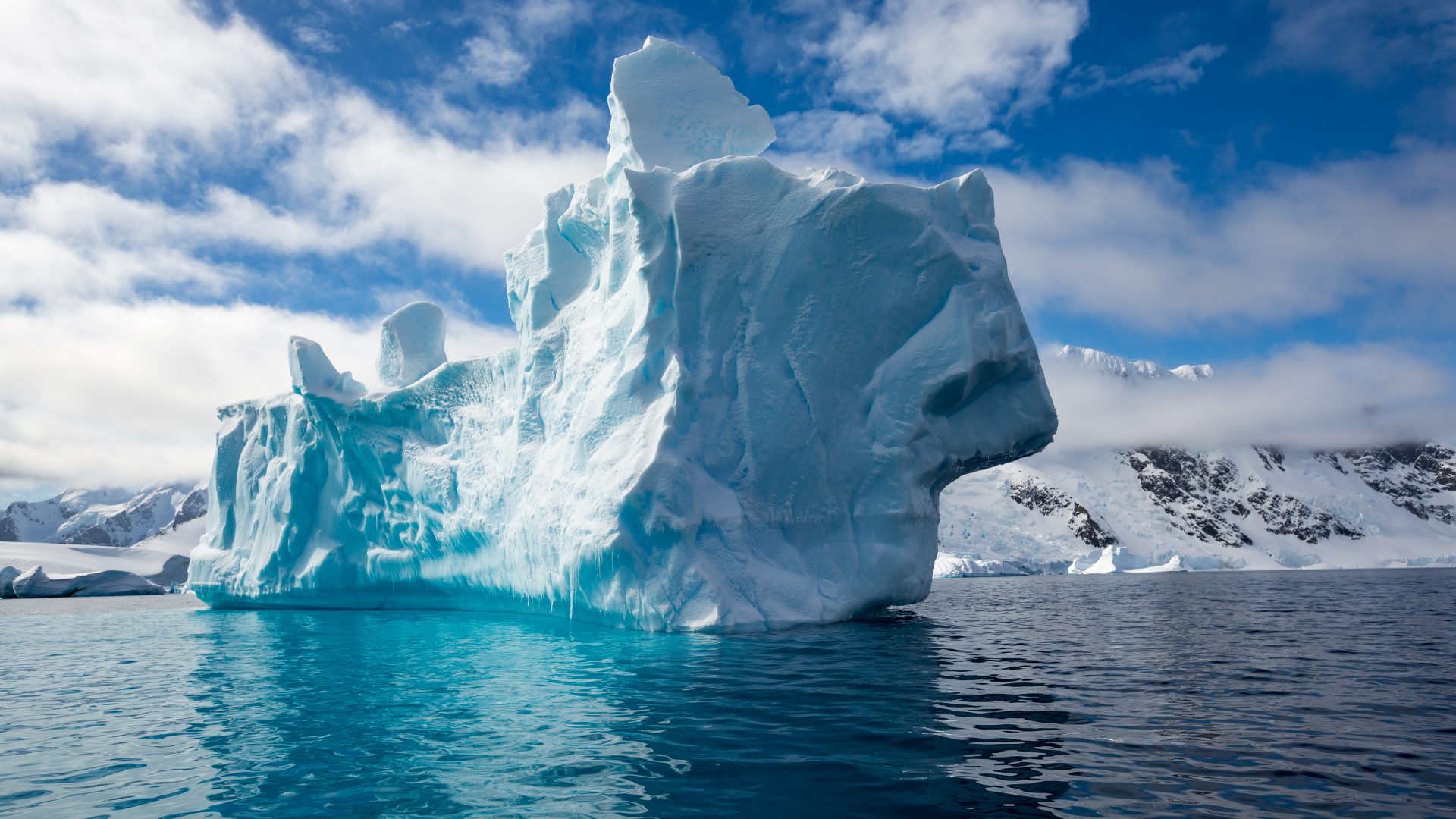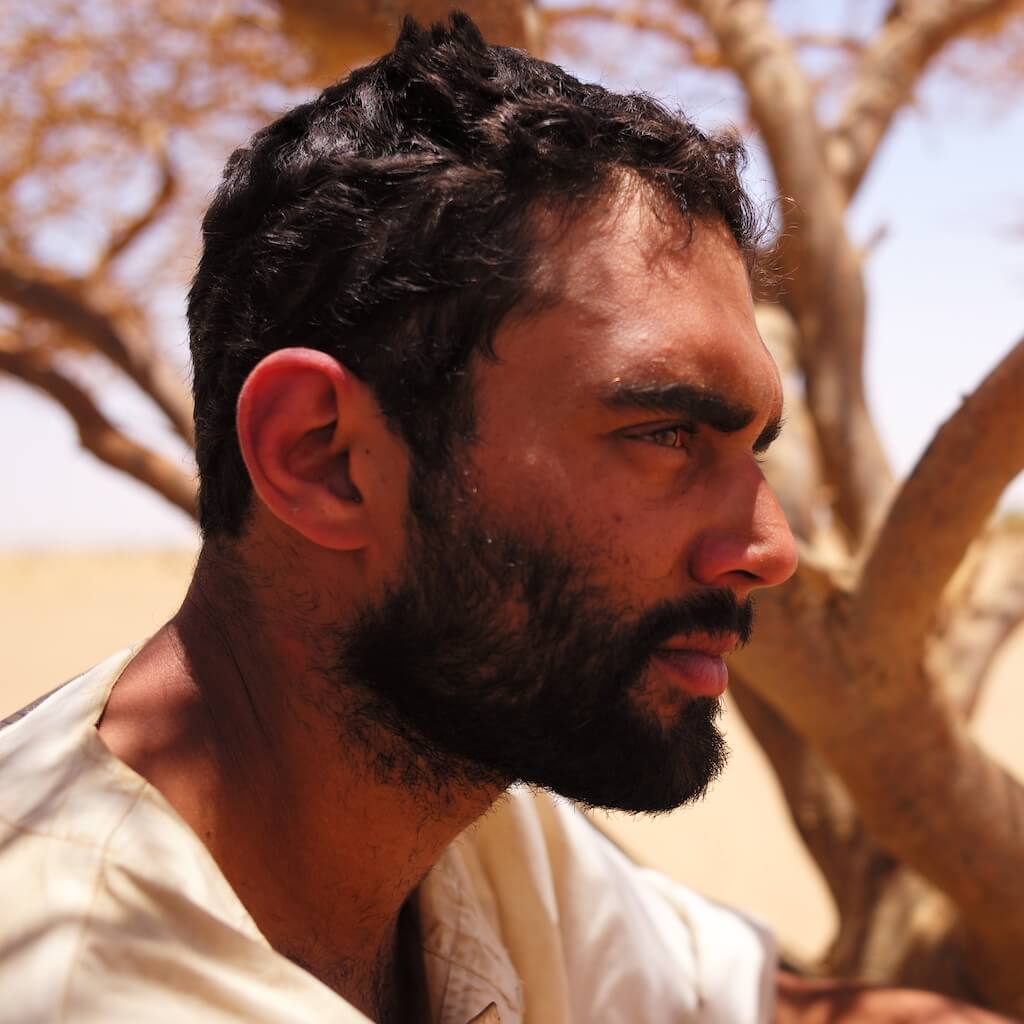When it comes to highlighting world issues, the art world is no stranger. And there’s a new crop of international artists tackling climate change using water as their medium to challenge how we see the world.
Climate change is even more at the top of the world agenda with the recent news that President Donald Trump announced his plan to withdraw the US from the Paris Agreement. This environmental accord was agreed upon by 195 countries at the 2015 United Nations Climate Change Conference to mitigate global warming.
Trump’s decision comes at a time when many scientists and environmental experts believe we should be doing more to curb climate change, not less.
Even on an issue of such importance, art has its own role to play. Artists are perfectly equipped to use their creative outlets to show support for, protest against, and spread awareness of political and global policies they are passionate about. From Pablo Picasso’s Guernica which brought attention to the victims of the Spanish Civil War, to Norman Rockwell’s The Problem We All Live With which directly addressed racism in 1960s America, great art inspires us to think, communicate and act.
It’s no different now. Using water as their medium, these international artists are creating works that challenge the way we see the planet and see ourselves in relation to nature. British sculptor Jason deCaires Taylor and Italian sculptor Lorenzo Quinn both debuted their artworks inspired by climate change at the 57th International Art Exhibition of the Venice Biennale.
Taylor, best known for his underwater museums and sculpture parks that double as artificial reefs, exhibited a sculpture on coral bleaching, alongside photographs and videos of other submerged works, at the Grenada Pavilion in Venice. Taylor’s sculptures eventually become reefs; in his artist’s statement, he explains how they are “constructed using pH-neutral materials to instigate natural growth, create new habitats [for marine life] and attract visitors away from natural fragile marine areas.”
His sculptures are of humans, many of which are captured in identifiable, everyday situations (children in a playground; businessmen heading to work). “All of these are indicative of the daily actions of humanity, living above the waves, often oblivious to the impact each of their actions can have on the environment,” says Taylor. As the sculptures transform into homes for living organisms, the appearance of the art changes, reflecting the constantly changing conditions of the planet.
teamLab, a collective focused on digital art, has created a 3D virtual waterfall, Universe of Water Particles—Gold, as part of a larger exhibit, Living Digital Forest and Future Park, currently on display at the Pace Gallery in Beijing. The computer-generated golden waterfall consists of hundreds of thousands of water particles, ‘poured’ onto a virtually sculpted rock. A computer calculates the movement of the particles to produce a simulation of water that flows in accordance with the laws of physics.
“When viewing this artwork, regardless of the fact that the waterfall is a reproduction of physical phenomena, it can be possible to feel a sense of life,” says teamLab. “Rather than a waterfall shot using a video camera, people feel the barrier between themselves and the waterfall dissolve; they become immersed in the work as if the waterfall is luring them in. If we regard ourselves as part of nature, and consider nature as something not just to be observed, it is possible to feel that there is no boundary between ourselves and nature.”















